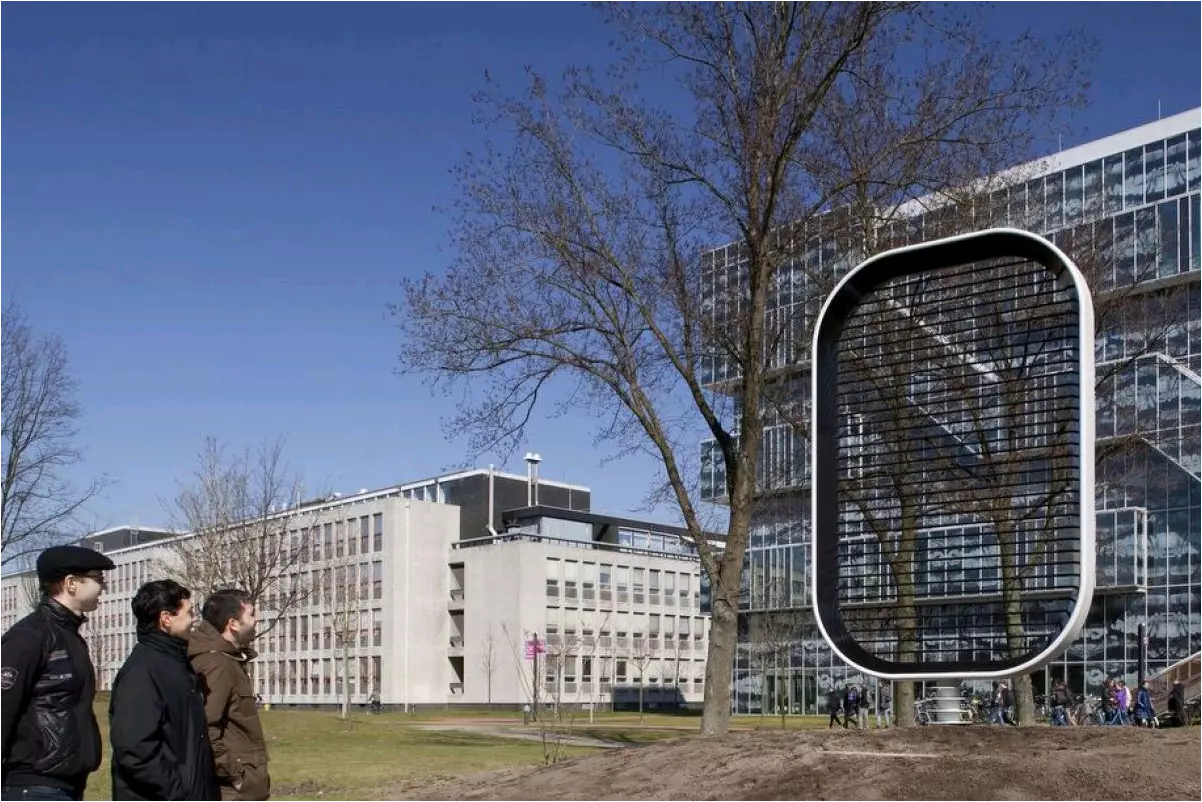

Published on 05th June 2022
Electricity through wind is harnessed via wind turbines, but regular wind turbines with blades have their own set of benefits and drawbacks. Transportation challenges, the necessity for a sturdy foundation, mechanical wear and tear, poorer rotational efficiency, and noise pollution caused by the rotation are all issues related with bladed wind turbines. These issues are causing entrepreneurs and engineers to consider bladeless wind turbines.
Bladeless wind turbines are of different types and each type uses the kinetic energy of wind to run a specific mechanism for power generation. Some of the most known mechanisms are vortex induced vibration, charge displacement through wind, etc.
Behold, bladeless wind turbines are now a reality.
Here are some of the major types of bladeless wind turbines:
EWICON stands for Electrostatic wind energy converter. It utilizes wind to create a flow of charged particles through the air that can be tapped into to produce electricity. In this case, water droplets are used to hold a positive charge and, when the wind blows them, this movement of the droplets produces electricity that can be transferred to the grid. The current design comprises of a steel frame that supports a horizontally oriented set of insulated tubes. Each tube has many electrodes and nozzles that release positively charged water particles into the air on a regular basis.
Like ordinary wind turbines, the device can be deployed on land or at sea, but the design is particularly suited to metropolitan environments. Due to a shortage of space, large wind farms are usually not viable in larger cities, but one or more EWICONs might be fitted into existing buildings simply by modifying their design.
The only disadvantage of the technology is the need for a continuous supply of water.
Vortex Bladeless is a vortex-induced vibration resonant wind generator. Vortex Shedding, a phenomenon of vorticity, is used to harvest wind energy. Bladeless turbine technology is essentially a vertically fixed cylinder with an elastic rod. A wind range oscillates the cylinder, which generates electricity via an alternator system.
The outer cylinder is made to be mostly rigid, yet it can vibrate while being tethered to the bottom rod. The top of the cylinder is unbound and has the largest oscillation amplitude. The structure is made of polymers reinforced with carbon and glass fiber, which are commonly used in wind turbine blades.
The mast is supported at the top of the rod, while the bottom is firmly fixed to the ground. It is made of carbon fiber reinforced polymer, which has a high fatigue resistance and low energy leakage when oscillating.
The Vortex wind turbine is based on the premise that similar forces may be used to generate electricity. When the wind vortices meet the natural frequency of the device's structure, it begins to resonate, or oscillate, allowing the bladeless wind turbine to harvest energy from the movement in the same way that a normal generator can.
Vortex bladeless turbines are less power efficient than traditional wind turbines, although more vortex bladeless turbines can be installed in the same area than traditional wind turbines making up for this loss.
Halcium, a Salt Lake City-based firm, is developing the PowerPod, a small-scale wind turbine that may be used in cities. It is the most powerful and safe wind turbine ever, according to its makers. It's a 1 kW wind turbine that can generate three times the power of a standard turbine. The extra power comes from the pod's innovative blade technology, which increases wind speed by 40%.
It also has no moving parts on the outside, which poses no danger to birds. The PowerPod can be operated on its own, connecting to a power supply in the same way as solar panels do and requiring similar equipment. The PowerPod is designed to integrate easily with the solar pv to give a second, varied source of energy. As wind speed increases due to the device's design, it becomes less necessary to attach the PowerPod on tall poles, which are costly to install and take up a lot of room if guy-wires are required.
The system can be utilized in both public and private spaces, and it has the potential to become a simple and rapid addition to building systems, allowing them to generate their own electricity rather than relying on the grid.
SWET (Solid State Wind Energy Transformer)
The Solid State Wind Energy Transformer functions in a similar fashion as the EWICON but instead of water, SWET uses coronal discharge to create negative air ions, which the wind carries away from the SWET. The SWET harnesses wind-induced currents and voltages to produce electrical power. The technology produces very little electricity and is in the early stages of development.
Bladeless wind turbines are still in their infancy and consequently less efficient in converting captured wind power into electrical energy, which limits their widespread use. However, with future design and development of sophisticated technologies and superior materials, demand for bladeless wind turbines is expected to increase in the coming years.
The new report from Blackridge Research on the Global Bladeless Wind Turbine Market comprehensively analyses the global bladeless wind turbine market and provides deep insight into the current and future state of the industry. The study examines the drivers, restraints, and regional trends influencing global bladeless wind turbine market demand and growth.
The insights include but are not limited to the market data, bladeless wind turbine installation data and capacity additions data and forecast, government policies and regulations, project data (upcoming bladeless wind turbine projects, under-construction projects, and operating/commissioned projects), company profiles of major players, and competitive landscape analysis.